Last-Minute NYC Holiday Gift Guide 🎁
We’ve created a holiday gift guide with presents for the intrepid New Yorker that should arrive just in time—

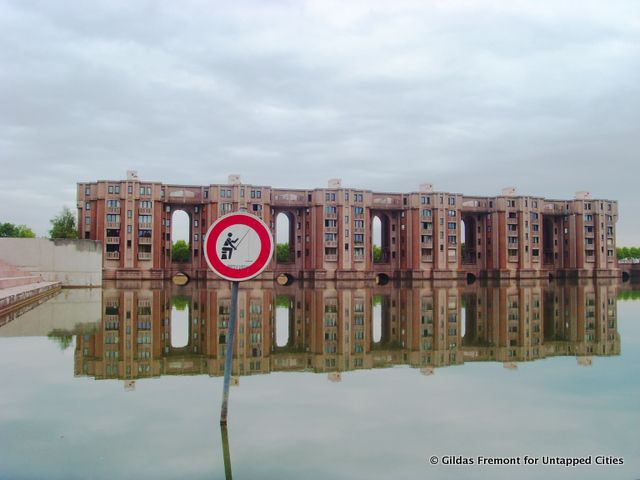
Part of Le Viaduc et le Temple housing development in Montigny le Bretonneux
Lately, everyone in the Paris area is talking about “Le Grand Paris” again. The Grand Paris project is essentially a large urban development initiative meant to better integrate and govern Paris and its surrounding suburbs. Then-President Nicolas Sarkozy proposed the project in 2007 with the end goal of creating a more attractive, competitive and equal capital region for France. The Grand Paris has been making headlines again following a law passed in January that creates a political institution that will govern Paris and its surrounding cities. Now that the Grand Paris has a government structure written into law, it seems like the once nebulous idea is finally becoming a reality.

The Atelier International du Grand Paris. Photo by the author.
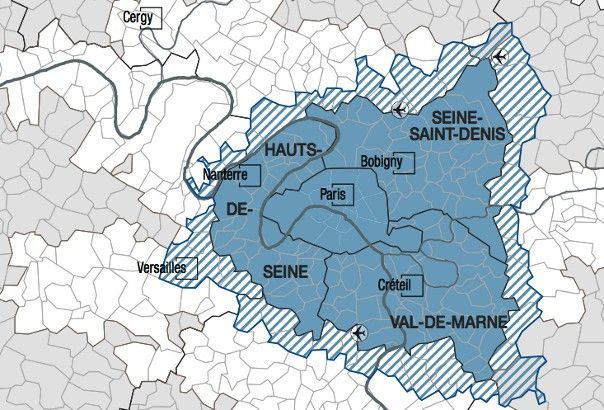
The project not only involves creating this new city-like government structure, it also encompasses a 30 billion Euro public transit expansion and countless local economic development plans. The new government structure will have the power to redistribute some tax money between Paris and the other cities that make up the Grand Paris and will develop and implement housing policy across the area to respond to the region’s current dire shortage of housing.
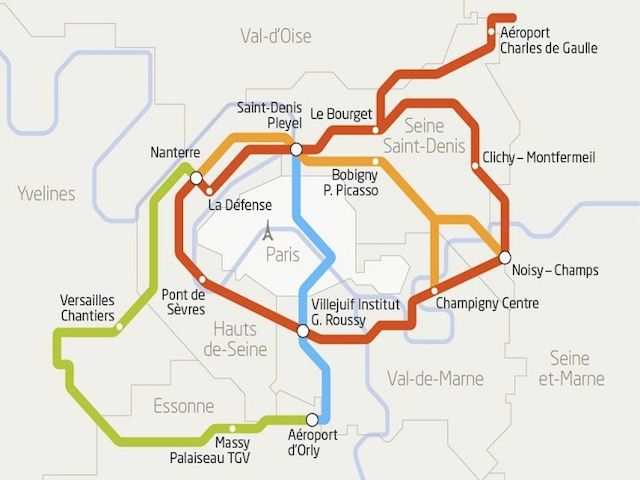
Map of the new Grand Paris Express © Société du Grand Paris Express
The new public transportation system, called the Grand Paris Express, will create new metro lines that link suburbs to suburbs (rather than the current hub and spoke model of the RER where all trains go through Paris).
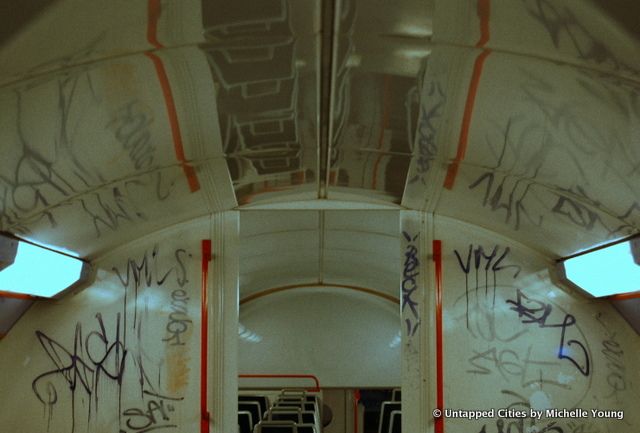
Interior of RER Train that services the Paris suburbs
To complement the new metro lines, economic development plans are underway along the new transportation route, such as the Paris Saclay project, which intends to foster technology research and create a French version of Silicon Valley. As you can see, like most things that the French government touches, the project for Grand Paris is très compliqué.
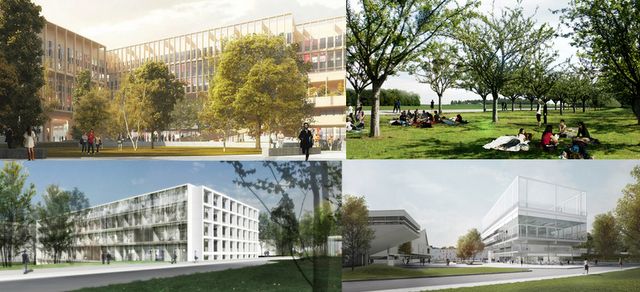
Renderings from the Paris Saclay Project
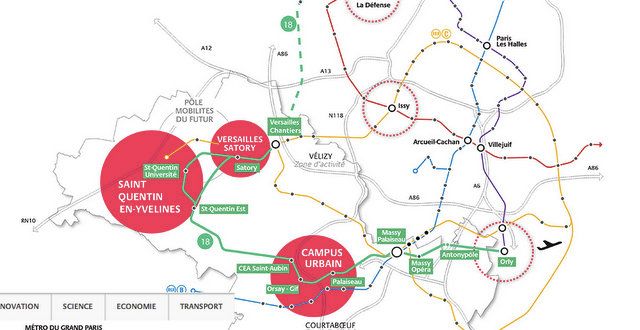
Map of Paris Saclay Project
While city planners and local government and business leaders hash out the details and lobby for different ways of executing this evolution of the Paris region, historians are pointing out that, in fact, the idea for a Grand Paris is not new at all. It seems that in 1913, city planners, architects and government figures were already planning such an expansion of Paris and calling it the exact same thing.
Around 1910 Paris was facing many of the same issues that it does today in terms of urban planning. For a global city, Paris is relatively tiny, taking up only 34 square miles (for New Yorkers, that’s slightly bigger than Manhattan but smaller than the Bronx) and home to just 2.25 million people (the Paris metro area is home to around 10 million). Inevitably, Paris needs to rely on its surrounding municipalities for housing, space for industry, cemeteries, waste management, etc. So it makes sense that for over a hundred years now, French leaders have been concerned about managing the relationship between Paris and these peripheral cities.
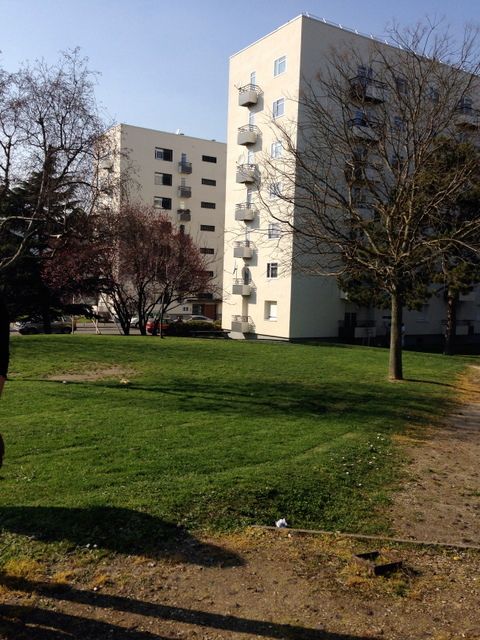
Bobigny, a suburb of Paris. Photo by the author.
Over a century ago, officials created a commission for the extension of Paris that released a report in 1913 laying out guidelines and plans for the creation of, that’s right, a “Grand Paris.” This report prompted a 1919 international competition among architects and planners for the best design of the Grand Paris, though for reasons including the First World War, none of the plans were ever put in place.
Many of the conclusions and fundamental points of this 1913 report are coming up again a century later as officials finally make concrete steps towards creating a Grand Paris with its own governing institution. Yet another example of history repeating itself.

Part of Le Viaduc et le Temple housing development in Montigny le Bretonneux
All cynicism aside, we do hope that this time the project will see the light of day. Parisians could really benefit from having rational plans for economic development, housing and infrastructure that take into account the whole Paris metro area. This is particularly true of the most vulnerable populations, many of whom are poor immigrants, who live in the banlieue, or suburbs, and furnish much of the labor that keeps the Paris economy pumping while often not benefiting equally.
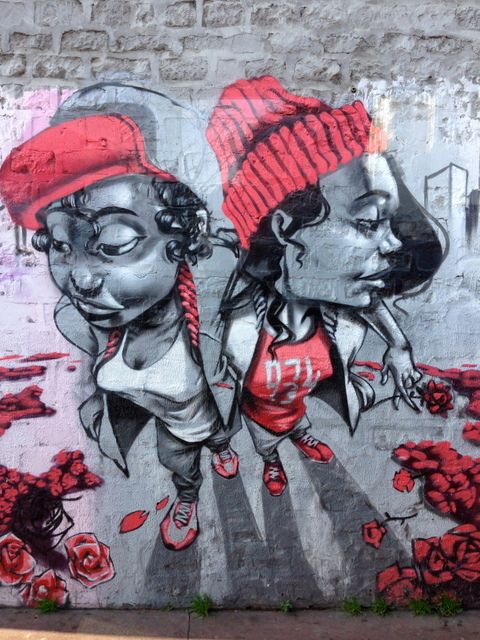
Street art in Seine-Saint-Denis. Photo by the author.
Because the Grand Paris government will oversee housing policies in all of the cities that make up the area, it can ensure that public housing for the poorest residents is more equally distributed across the region and thus lessen concentrations of poverty. Similarly, funding at the Grand Paris level for the construction of schools and playgrounds and the arrival of metro lines in poor neighborhoods that previously had no train access could help ensure that kids in rich neighborhoods and poor banlieues have equal opportunities. Mieux tard que jamais!
See more crazy science-fiction like housing projects in the suburbs of Paris, you’ll be surprised!
Subscribe to our newsletter